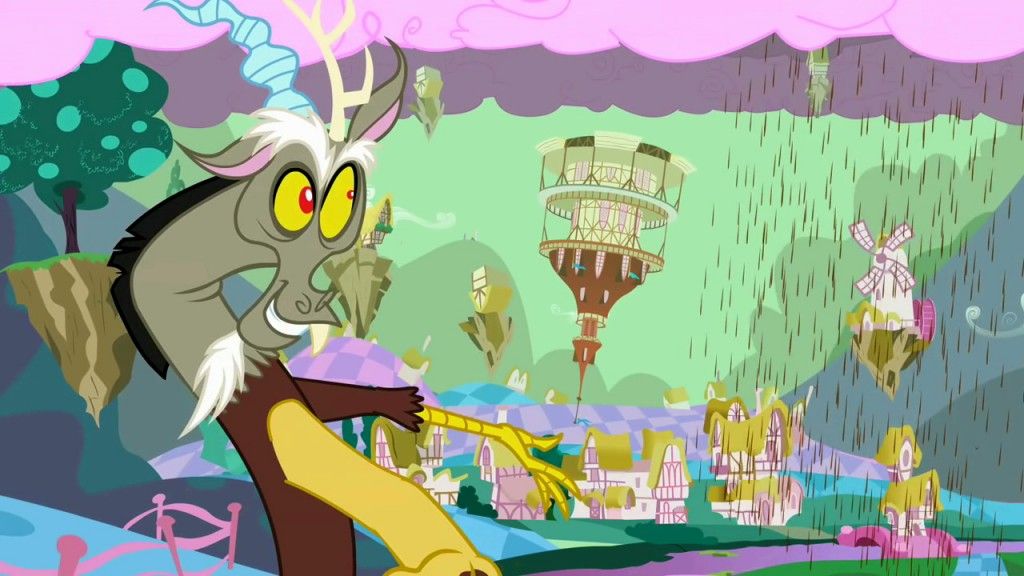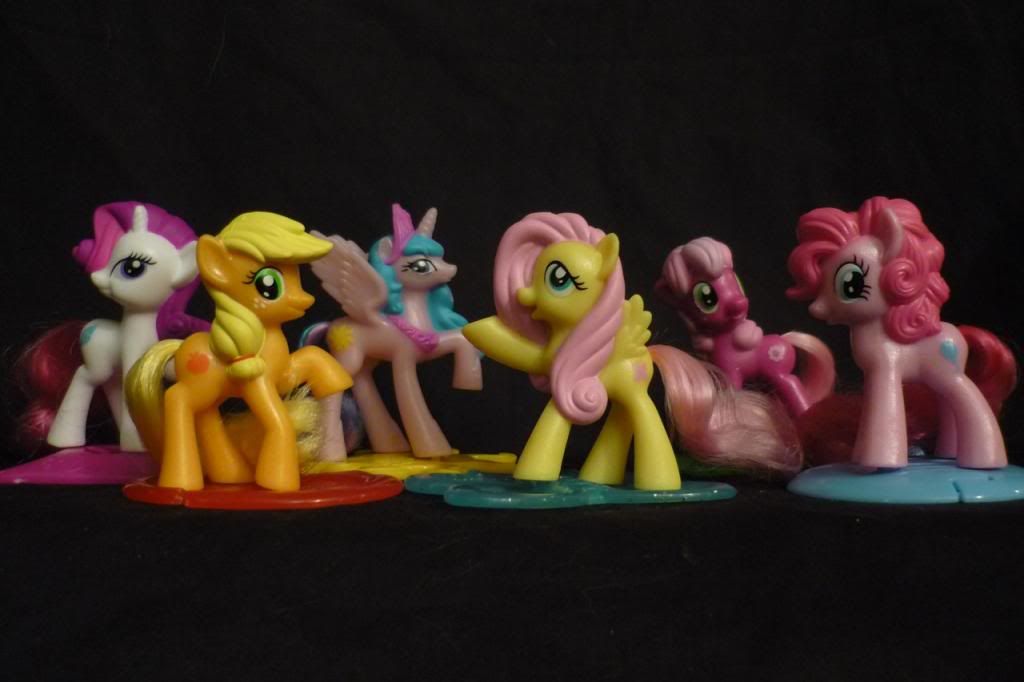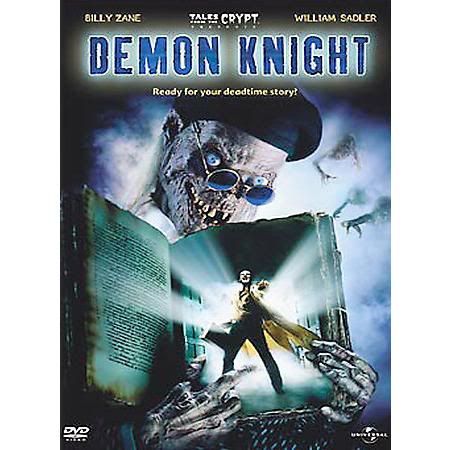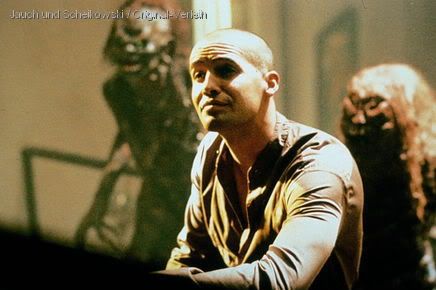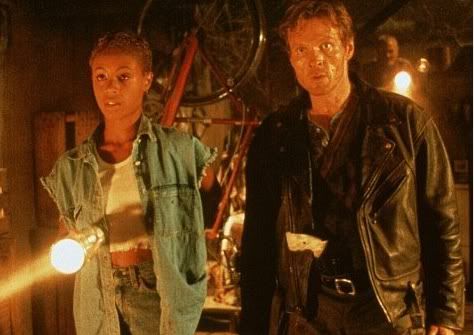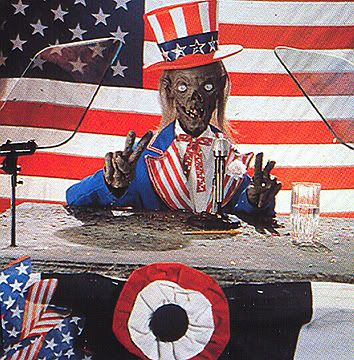Every now and again, life catches me off-guard. It’s times like these I need to turn to contributions from you, the audience. If you’ve ever read the Opinions section of the local newspaper, or the comments of an article on the Huffington Post, you know that sometimes the readers contribute just as much as the established writers. Thus, I present to you the Crank File.
Today’s Crank File entry comes to us courtesy of Monica A. Flink. Enjoy!
Which is better? Telling a good story with boring visuals, or telling a simplistic, boring story with beauty? For director Tarsem Singh, it is generally a question of telling a somewhat interesting story that has plot holes and little merit, and adding in Academy Award-worthy sets, costumes, and cinematography. Examples of this include the pretty but laughably written The Cell, the insipid and sometimes confusing but charmingly pretty Mirror Mirror, and the panned but visually stunning Immortals.

This entire movie looks like a perfume advertisement, maybe “Confusion” by Jennifer Lopez.
Yet, with a track record of decent box office receipts and crappy reviews, Tarsem did manage to make something worth watching for both story and eye candy. The Fall is considered by critics and fans alike to be more than just something nice to look at. It combines storytelling and visuals in a way to that makes it the only Tarsem movie to get decent to mixed reviews, which was enough to encourage me to see it.
The most attractive part of this movie is that none of the scenes are shot on sound stages or are digital backgrounds. There are no matte paintings or boats floating in fake pools. In an age where an actor can spend an entire movie acting in a green suit to become a CGI copy of him or herself, Tarsem presents a movie shot entirely on location. Locations which include: Italy, Turkey, Argentina, India, Fiji, South Africa, Namibia, Czech Republic, and France. All for one movie.

Even the movie poster looks like a piece of art you could find on some yuppie’s wall.
Our story opens on a movie set in 1915, the era of silent film. We discover that the main character, Roy, played here by a limpid eyed and bed-ridden Lee Pace, has been injured in the course of his job as a silent movie stuntman and may never walk again. We also meet a precocious child, Romanian-born Alexandria, who wanders around the hospital freely, arm in a cast, charming the staff and peering in at Roy, who caught a letter she had tossed from a window to her favorite nurse.
Roy begins telling Alexandria about her namesake, Alexander the Great, until she is told to leave the ward by a grumpy patient. When she returns, Roy begins telling her another story, one about a masked bandit with a group of warriors, all trying to kill the same man. The story within a story is told through Alexandria’s point of view, with people she knows as the six heroes, and this is where the movie truly shines.
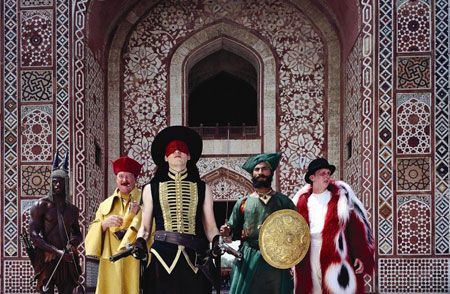
Note how the guy who is supposed to be Charles Darwin is dressed like a fantasy-land pimp. Because evolution is that awesome.
During the story about the bandit, we get the location changes, the beautiful sets, the vibrant costumes. It is almost impossible to describe how watching this film immerses you in the story, but you forget that you are watching a film that has any other plot to it. The only part about The Fall that ruins the ambiance that Tarsem creates is the jarring returns to the prosaic real story.
While Roy is telling Alexandria his tale, we discover other parts of their lives that make them tragic characters. Young Alexandria broke her arm working in an orchard with the rest of her family after her father was murdered and their home burnt to the ground, leaving them with nothing. Roy’s accident was not an accident at all, but a suicide attempt after his girlfriend left him for a famous actor on set. We even discover the story that has been captivating Alexandria is nothing more than Roy’s attempt to gain her trust so that she might use her ability to walk through the hospital freely to get him morphine.
The story culminates in Alexandria going to get Roy morphine for another attempt to take his own life, and falling from a precarious ledge, getting injured. Roy, sorry for what has happened but still suicidal, tries to finish the story for her tinted with his own depression, five of the six heroes dying before getting to the villain, the bandit himself getting beaten by the nefarious Odious in front of the only character Alexandria made up for the story on her own.
As she sobs in her hospital bed, begging him to give the story a happy ending, Roy comes to realize that he not only has learned to care for her, but to care for himself again. He finishes the story with a victorious ending, and we see scenes of hope in the aftermath. Alexandria getting well and enjoying a movie with the other hospital patients. Roy bringing in silent movies for them to watch, including his first movie. And then scenes from other movies that he went on to make that inspired his story of the masked bandit, the two of them parting ways having learned courage and compassion on both ends.
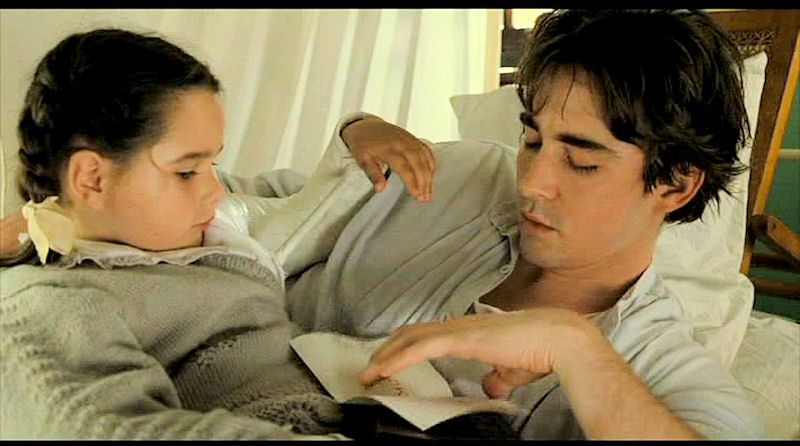
They’ll bake cookies and do each other’s nails some other day. Today it’s just about courage and compassion and not offing yourself.
Truthfully, this is an okay movie, at best. What is the true draw is the fact that it just needs to be seen. To be experienced. Because movies are not made this way any more. Gone are the days of casts of thousands and shooting on location for technology that is cheaper and easier. But Tarsem’s The Fall throws aesthetics in the face of that, and comes out with something truly spectacular.
If you want to sit down and watch this, which I highly recommend, I suggest getting the Blu-Ray version, and the best television you can find. You will only enjoy it more.
Got something for the Crank File? Email me here.



